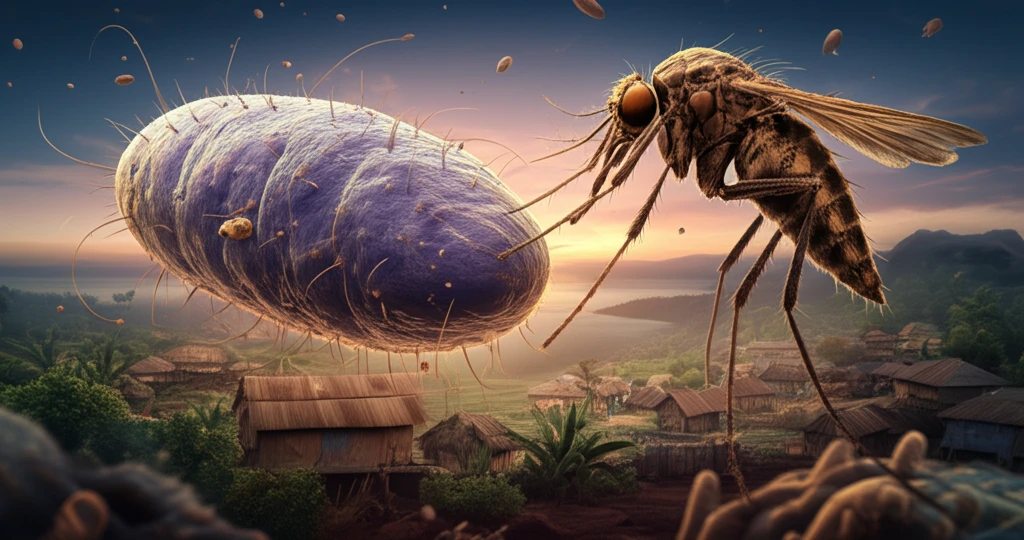
Visceral Leishmaniasis: Understanding, Treating, and Preventing This Tropical Disease
"Learn about visceral leishmaniasis (VL), a severe parasitic disease, including its causes, symptoms, treatments, and prevention strategies, and recent developments in research."
Visceral leishmaniasis (VL), also known as Kala-azar, is the most severe form of leishmaniasis, a parasitic disease transmitted through the bite of infected female sandflies. The disease primarily affects the internal organs, such as the spleen, liver, and bone marrow. If left untreated, VL is almost always fatal.
Visceral leishmaniasis is prevalent in certain tropical and subtropical regions, particularly in parts of Africa, Asia, and South America. According to the World Health Organization (WHO), an estimated 50,000 to 90,000 new cases occur globally each year. The disease disproportionately affects populations living in poverty, with limited access to healthcare and sanitation.
This article aims to provide a comprehensive overview of visceral leishmaniasis, covering its causes, symptoms, diagnosis, treatment, and prevention strategies. Understanding the complexities of VL is crucial for healthcare professionals, researchers, and individuals living in or traveling to affected regions.
Causes and Transmission

Visceral leishmaniasis is caused by protozoan parasites belonging to the Leishmania genus. The parasites are transmitted to humans through the bite of infected female phlebotomine sandflies. These tiny insects are typically most active during dusk and dawn. Several species of Leishmania parasites can cause VL, with Leishmania donovani and Leishmania infantum being the most common.
- Living in or traveling to endemic regions.
- Poverty and poor living conditions.
- Malnutrition and weakened immune systems.
- Co-infection with HIV.
The Future of VL Research
Despite the challenges posed by visceral leishmaniasis, ongoing research efforts offer hope for improved diagnostics, treatments, and prevention strategies. Scientists are exploring novel drug targets, developing more effective vaccines, and implementing innovative vector control methods. With continued investment and collaboration, the global community can make significant progress in reducing the burden of this neglected tropical disease and improving the lives of millions.
